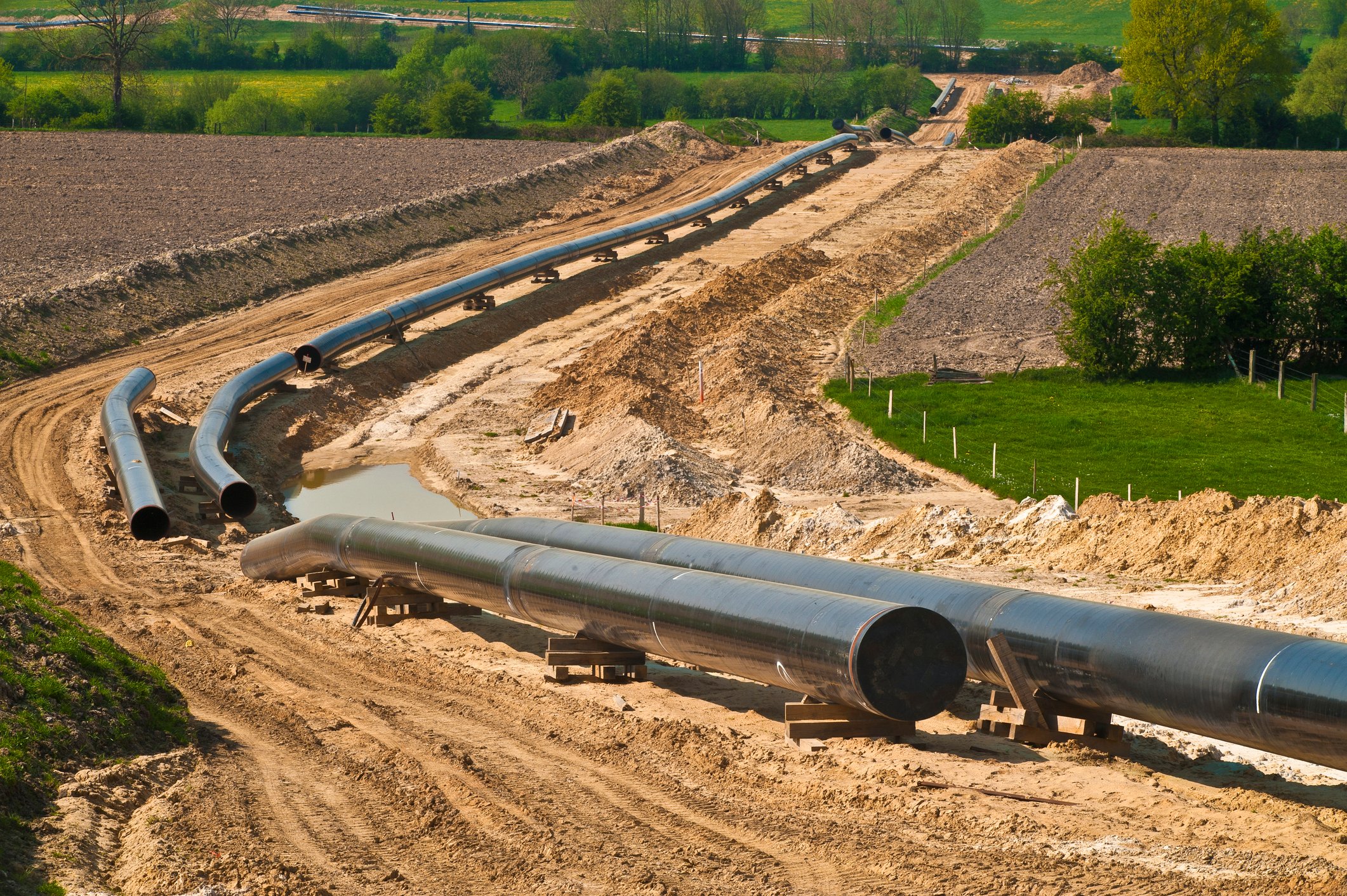
Improving Transparency and Accountability in Utility Projects with Real-Time Reporting
The Power of Real-Time Reporting for Better Visibility into Your Utility Projects
Listen to this post:
Utility projects are among the most complex infrastructure endeavors, often involving numerous stakeholders, large budgets, and extensive timelines. Ensuring transparency and accountability in these projects is critical for building trust with stakeholders, staying within budget, and delivering quality results. However, traditional methods of project reporting, often reliant on static documents and periodic updates, can create blind spots and delays. Real-time reporting offers a transformative solution to these challenges, fostering improved decision-making and stronger project governance.
In this blog, we’ll explore the importance of transparency and accountability in utility projects, the challenges with traditional reporting methods, and how real-time reporting is revolutionizing the industry.
The Importance of Transparency and Accountability in Utility Projects
Transparency and accountability are fundamental to the success of any utility project. Here’s why:
1. Stakeholder Trust: Utility projects often impact a wide range of stakeholders, including government bodies, investors, contractors, and the general public. Transparent operations ensure that all parties are informed and confident in the project’s progress and management.
2. Regulatory Compliance: Utility companies operate under strict regulations. Accurate and transparent reporting ensures compliance with legal and environmental requirements, reducing the risk of penalties.
3. Budget Adherence: Large utility projects can face significant budget overruns without proper oversight. Clear, real-time insights into costs help mitigate this risk.
4. Operational Efficiency: Transparency streamlines communication and collaboration, enabling teams to address issues more effectively and avoid delays.
Challenges with Traditional Reporting Methods
Despite the importance of transparency and accountability, traditional project reporting methods often fall short. Common challenges include:
1. Delayed Updates: Static reporting systems, such as weekly or monthly updates, result in delays between data collection and reporting. This lag can obscure critical issues until it’s too late to address them efficiently.
2. Siloed Data: Utility projects typically involve multiple departments and contractors, each using different systems. This leads to fragmented information, making it difficult to get a holistic view of the project.
3. Limited Accessibility: Traditional reports are often distributed to a select few stakeholders, leaving others in the dark about the project’s progress.
4. Manual Processes: Generating reports manually is time-consuming and prone to errors, which can compromise the accuracy of the data.
5. Reactive Problem Solving: Without real-time insights, teams are often forced into a reactive mode, addressing problems only after they’ve escalated.
Real-Time Reporting: A Game Changer for Utility Projects
Real-time reporting leverages modern technologies, such as cloud-based software and IoT devices, to provide instantaneous updates on project progress, costs, and performance. Here’s how it addresses the challenges of traditional methods and drives transparency and accountability:
1. Instantaneous Data Access: Real-time reporting ensures that all project stakeholders have access to up-to-date information at any time. This immediacy reduces the lag between data collection and reporting, enabling proactive decision-making. For example, if a utility project encounters delays due to weather conditions, real-time updates allow managers to adjust timelines and allocate resources promptly.
2. Centralized Data Platform: Many real-time reporting solutions integrate data from multiple sources into a single platform. This eliminates silos and provides a unified view of the project. For instance, a utility company can integrate financial data, contractor performance metrics, and equipment usage statistics into one dashboard, making it easier to track progress and identify bottlenecks.
3. Increased Accessibility: Real-time reporting platforms are often cloud-based, allowing stakeholders to access project data from anywhere. Whether it’s a field engineer on-site or an executive in the office, everyone can stay informed and aligned.
4. Enhanced Accuracy and Reliability: Automating data collection and reporting minimizes human errors. IoT sensors, for example, can track equipment performance, energy usage, and environmental conditions in real time, ensuring that reports are accurate and comprehensive.
5. Proactive Risk Management: Real-time reporting enables teams to identify potential issues before they escalate. For example, if cost overruns or schedule delays start to appear, stakeholders can take immediate corrective action, avoiding larger disruptions down the line.
Key Benefits of Real-Time Reporting in Utility Projects
1. Improved Stakeholder Communication: With real-time reporting, all stakeholders have access to the same up-to-date information, reducing misunderstandings and misalignments.
2. Enhanced Accountability: Real-time data provides a clear record of who is responsible for specific tasks and decisions. This visibility ensures accountability at all levels of the project.
3. Faster Decision-Making: Immediate access to accurate data empowers project managers to make informed decisions quickly, improving overall project efficiency.
4. Cost Savings: By identifying inefficiencies and potential issues early, real-time reporting helps keep projects on budget and avoids costly delays.
5. Regulatory Compliance: Automated, real-time reporting ensures that all necessary data is recorded and accessible for regulatory audits, simplifying compliance processes.
Best Practices for Implementing Real-Time Reporting
1. Invest in the Right Technology: Choose a robust reporting platform that integrates with existing systems and supports IoT devices for real-time data collection.
2. Train Your Team: Ensure all stakeholders understand how to use the reporting tools effectively. Training fosters adoption and maximizes the benefits of the technology.
3. Establish Clear Metrics: Define key performance indicators (KPIs) to track, such as project milestones, cost variances, and equipment performance. These metrics should align with the project’s goals.
4. Foster a Culture of Transparency: Encourage open communication and collaboration among all stakeholders. Real-time reporting tools are most effective when supported by a culture of transparency.
5. Continuously Monitor and Optimize: Use insights from real-time reporting to identify areas for improvement and adjust processes as needed.
The Future of Utility Projects with Real-Time Reporting
As utility projects continue to grow in scale and complexity, the need for transparency and accountability will only increase. Real-time reporting is not just a tool; it’s a strategic approach that drives better outcomes for all stakeholders. By adopting this technology, utility companies can build trust, improve efficiency, and deliver projects on time and within budget.
The shift to real-time reporting represents a significant step forward for the utility sector, laying the groundwork for smarter, more sustainable infrastructure projects. With transparency and accountability at the forefront, the industry is poised to meet the challenges of the future with confidence.
By embracing real-time reporting, utility companies can ensure that their projects not only meet technical and financial objectives but also foster trust and collaboration among all stakeholders. It’s a win-win solution that underscores the importance of innovation in driving project success.
 Looking for practical ways to avoid delays, reduce costs, and improve compliance in your utility construction projects?
Looking for practical ways to avoid delays, reduce costs, and improve compliance in your utility construction projects?
Download our free whitepaper for expert insights and actionable strategies to tackle industry challenges like labor shortages, permitting roadblocks, and safety risks. Start optimizing your utility workflows today!
Subscribe and stay up to date with the newest posts delivered right to your inbox!

